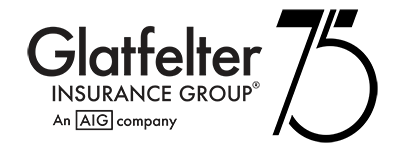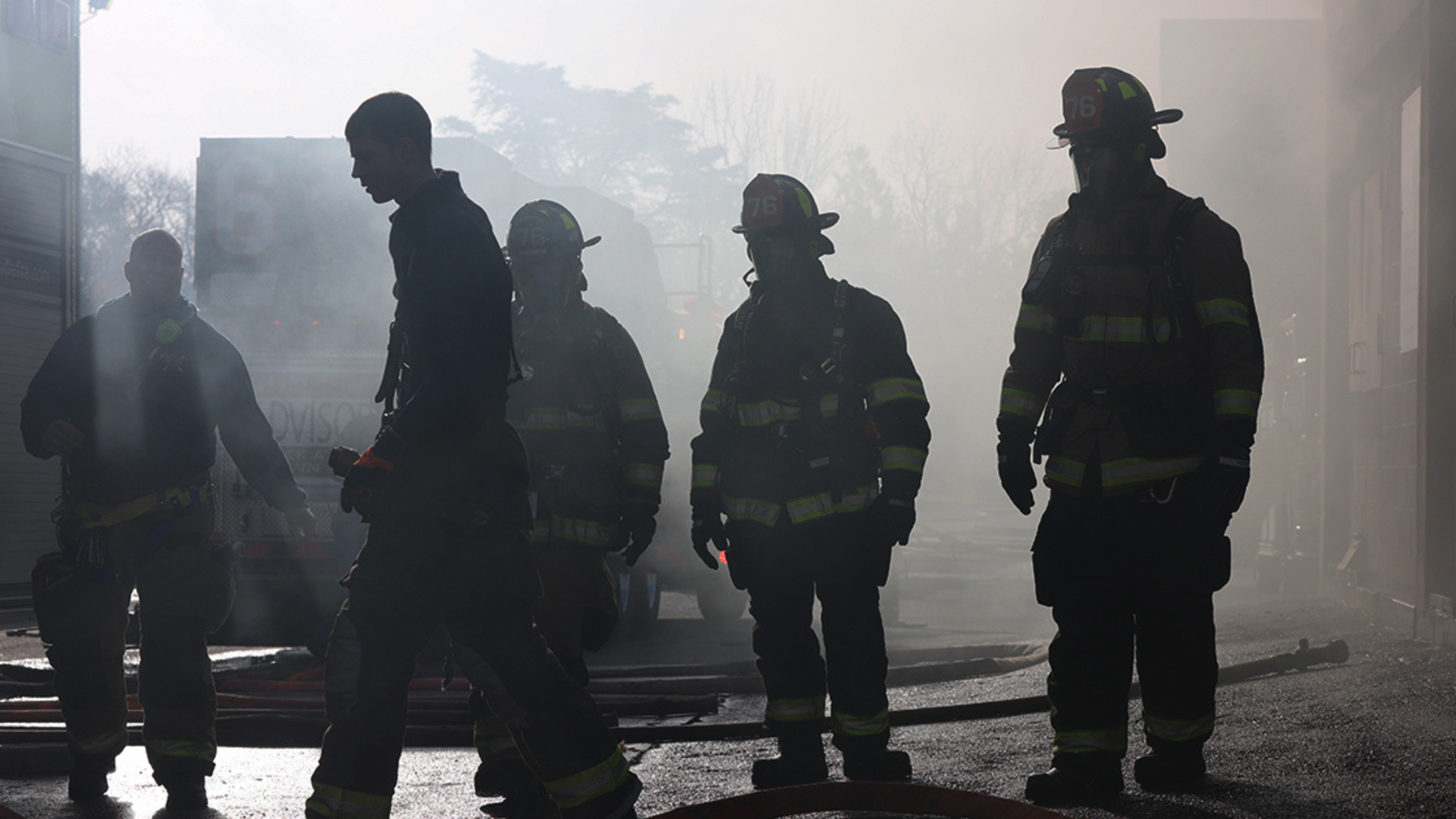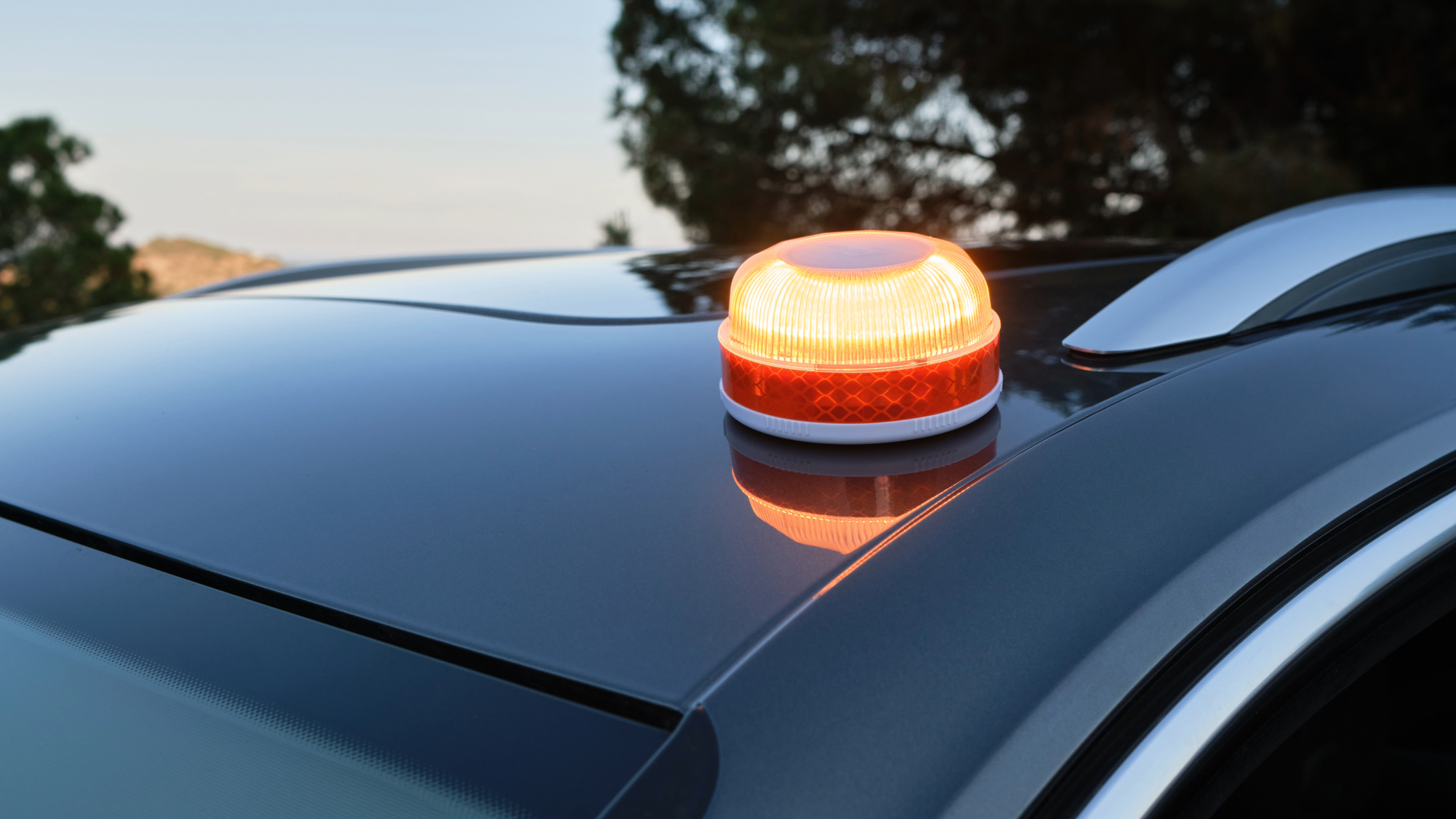Real-life tips to help your emergency service organization recruit + retain more volunteers.
Communities across North America count on volunteer fire departments to respond to fires, vehicle accidents, medical emergencies, natural disasters, public service calls and countless other scenarios. However, many departments are struggling now more then ever to meet staffing needs.
For example, the NVFC reports that while the number of volunteer firefighters in the U.S. reached an all-time-low in 2020, the call volume for fire departments has more than tripled within the last 35 years. Similarly, Canada continues to see a shrinking volunteer base year-after-year, while simultaneously facing the worst wildfire season on record in 2023.
How one rural volunteer fire department was able to implement simple, common-sense changes to help them recruit and retain more members.
VFIS had the opportunity to meet Chief Sarah Shoemaker of Nolalu Emergency Services Team (NEST) at the FIRECON Conference held in Thunder Bay, Ontario this past fall. NEST operates in five townships west of Thunder Bay and has two station locations, including one without running water.
The all-volunteer organization serves an estimated 1,600 residents, which doubles in the summertime due to popular recreational activities, and has an annual call volume of about 80-100.
However, unlike many similar, rural departments, NEST is not facing recruitment and retention issues. In fact, they’re fully-staffed. But, that wasn’t always the case. Just six years ago, when Chief Shoemaker started her leadership tenure, they were down to six volunteers. Then, with some remarkable hard work and a few common-sense changes, they were able to turn things around, increase staffing levels and gain a favorable reputation in the community.

We thank Chief Shoemaker for her sharing her insights with us and for her service to her organization and community. Here are a few key takeaways from our conversation that may be able to assist other emergency services organizations with their volunteer recruitment and retention efforts.
The problem at a glance:
When Chief Shoemaker began her leadership role more than six years ago, there were only six volunteer members whose roles were split between firefighters and medical-first response, and the department had minimal policies and procedures for recruitment, retention, training or otherwise.
How Chief Shoemaker worked to address this issue:
- ONE TEAM: Chief Shoemaker started by combining the two existing teams (firefighters vs EMS) into one, and cross-trained the personnel group so everyone could respond to any type of call. And, because everyone was now on same team, they were able to focus on a common goal and avoid cliques that tend to form in many volunteer organizations.
- A SHIFT IN PRIORITIES: The Chief focused on training, developing standard operating procedures and guidelines and participating in local and regional events, like FIRECON. This helped them gain a favorable reputation in the community—and word of mouth is a major key to recruitment.
- LEADERSHIP THAT CARES: The Chief and fellow leaders made it a priority to make each member of team feel valued, welcomed as if they belonged. Further, they encouraged members to prioritize their wellness and host wellness check-ins, especially after a bad call.
- LEAD BY EXAMPLE: Recruits learned the importance of continued training, setting and meeting goals and behaving appropriately, from the seasoned-pros.
- DON’T WASTE TIME: Every volunteer has a limited amount of time so, they are straight-forward about what the commitments are and respectful of everyone’s time. After work is completed, those who have time to engage in casual conversations and share war stories can do just that.
- COMMUNICATION: They implemented an app to help them communicate regularly about important logistics—like changes in availability due to employment or other commitments.
The results:
You don’t often hear fire and EMS organizations saying they are “fully staffed”— but, that’s exactly what NEST considers themselves. They currently have 21 volunteer personnel (50% of which are women!) and about 75% of which are certified to FF1 and 40% at level 2. And, to add to their success, they’ve retained an estimated 75% or more of their personnel since Shoemaker became Chief.
What's considered "fully-staffed"?
NEST considers themselves fully-staffed using the “butts in seats” approach. Meaning, their apparatus includes a primary pumper, pumper/tanker, tanker, rescue/rehab vehicle, rescue/comm and pick-up truck. So, the number of people they’re able to safely ride in a seated position in all their apparatus equals twenty. (However, they currently have one extra member as they’re planning for a retirement.)
Like all departments, NEST is not without its challenges. For example, the crew recently had to wait on-scene with a patient for three hours until an available ambulance could arrive from Thunder Bay. And, of course, a lack of funding is always top-of-mind—especially, when they’d love to have running water in both of their stations and a proper training location. However, having a team of 21 allows them to be able to focus on and accomplish the everyday challenges and unique hazards that come their way with much more ease than they could as a team of six.
At the end of the day, recruitment and retention doesn’t have to be innovative or fancy—it just has to work. And that’s exactly what the changes that Chief Shoemaker implemented did.
DISCLAIMER
The information contained in this blog post is intended for educational purposes only and is not intended to replace expert advice in connection with the topics presented. Glatfelter specifically disclaims any liability for any act or omission by any person or entity in connection with the preparation, use or implementation of plans, principles, concepts or information contained in this publication.
Glatfelter does not make any representation or warranty, expressed or implied, with respect to the results obtained by the use, adherence or implementation of the material contained in this publication. The implementation of the plans, principles, concepts or materials contained in this publication is not a guarantee that you will achieve a certain desired result. It is strongly recommended that you consult with a professional advisor, architect or other expert prior to the implementation of plans, principles, concepts or materials contained in this publication.
This blog post may contain the content of third parties and links to third party websites. Third party content and websites are owned and operated by an independent party over which Glatfelter has no control. Glatfelter makes no representation, warranty, or guarantee as to the accuracy, completeness, timeliness or reliability of any third party content. References to third party services, processes, products, or other information does not constitute or imply any endorsement, sponsorship or recommendation by Glatfelter, unless expressly stated otherwise.
Related posts
We asked 10 members of our VFIS Team to name one auto-related risk that they believe is underdiscussed in fire and EMS agencies. Here’s what they said.
Most volunteer fire departments rely heavily on POVs, but there are inherent risks you should know.
Establish a Emergency Vehicle Operations Program that includes driver/operator requirements to help ensure your vehicles are in the right hands.









Submit a Comment